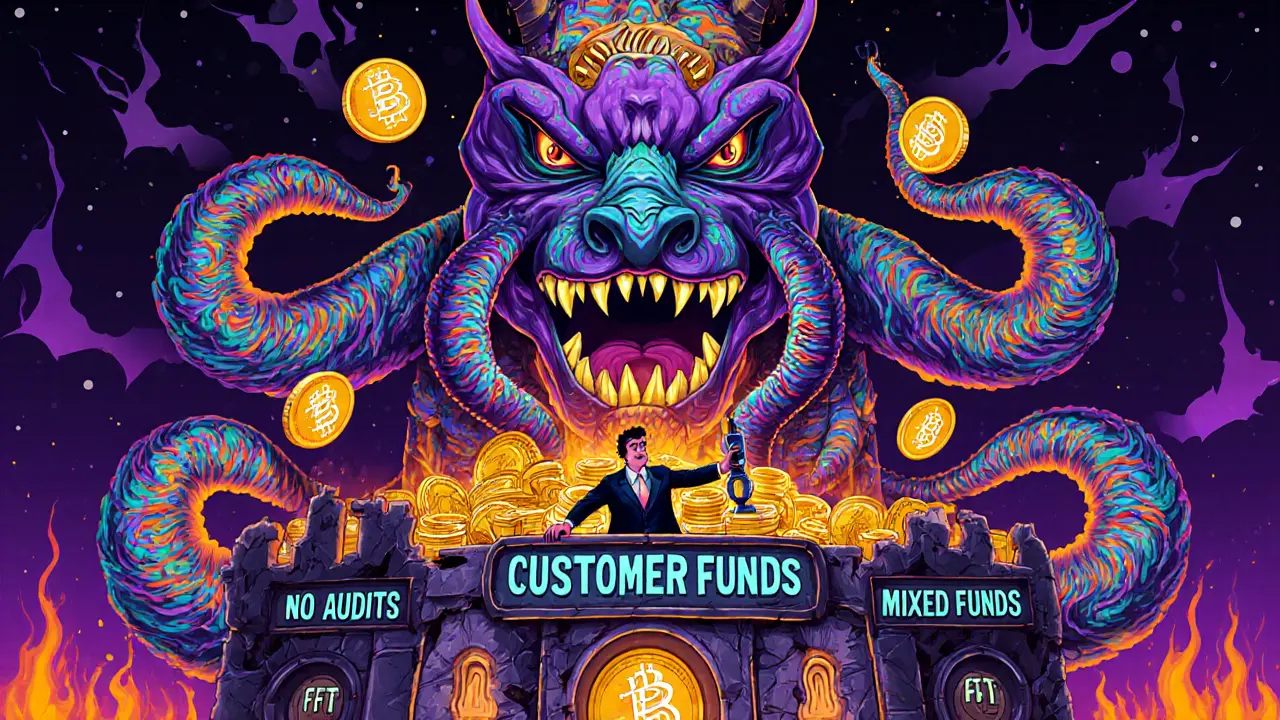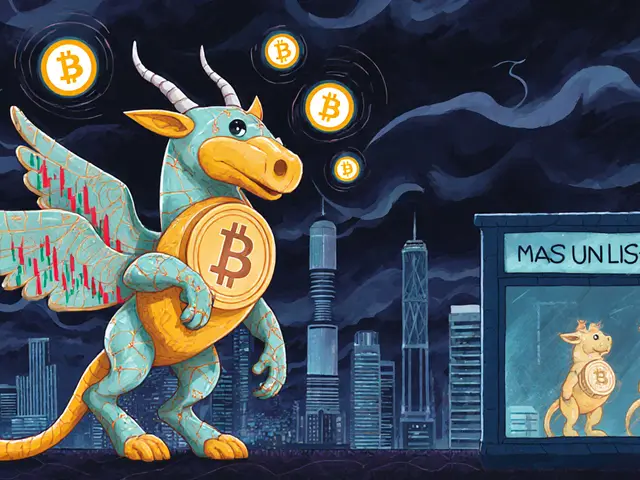Crypto Derivatives Explained: Futures, Options, and How They Shape Trading
When you trade crypto derivatives, financial contracts whose value is tied to an underlying cryptocurrency like Bitcoin or Ethereum. Also known as derivatives trading, it lets you bet on price changes without owning the actual coin. This isn’t speculation—it’s a tool used by hedge funds, retail traders, and even exchanges to manage risk or amplify gains. But most people don’t realize how different it is from buying Bitcoin outright.
Futures, agreements to buy or sell crypto at a set price on a future date are the most common type. Platforms like KCEX and Bybit let you go long or short with up to 100x leverage. That means a 1% move can turn into a 100% profit—or loss. Then there’s options, contracts that give you the right, but not the obligation, to buy or sell at a specific price. These are used by smarter traders to protect against crashes or lock in profits without selling their holdings. And now, decentralized derivatives, platforms like dYdX and Hyperliquid that run on blockchain and don’t require KYC, are growing fast. They’re harder to use, but they remove the middleman—and the risk of exchange hacks.
Most crypto derivatives trades happen on centralized platforms, but the real danger isn’t the tech—it’s the psychology. Leverage turns small mistakes into total losses. A trader might think they’re playing chess, but they’re actually playing Russian roulette with their wallet. Look at the posts below: you’ll see reviews of exchanges like KCEX that offer zero-fee futures, but also warnings about dead projects and scams hiding behind complex jargon. Some traders use derivatives to hedge against market drops. Others use them to gamble. The difference? One understands the math. The other just hopes for a miracle.
What you’ll find here aren’t fluff guides or hype-filled tutorials. These are real reviews, breakdowns of failed platforms, and hard truths about who’s actually making money—and who’s getting wiped out. Whether you’re curious about how futures work, wondering if options are worth the effort, or trying to avoid a rug pull disguised as a "high-yield derivative pool," this collection cuts through the noise. No theory. No fluff. Just what’s happening on the trading floors—and what you need to know before you click "open position."










